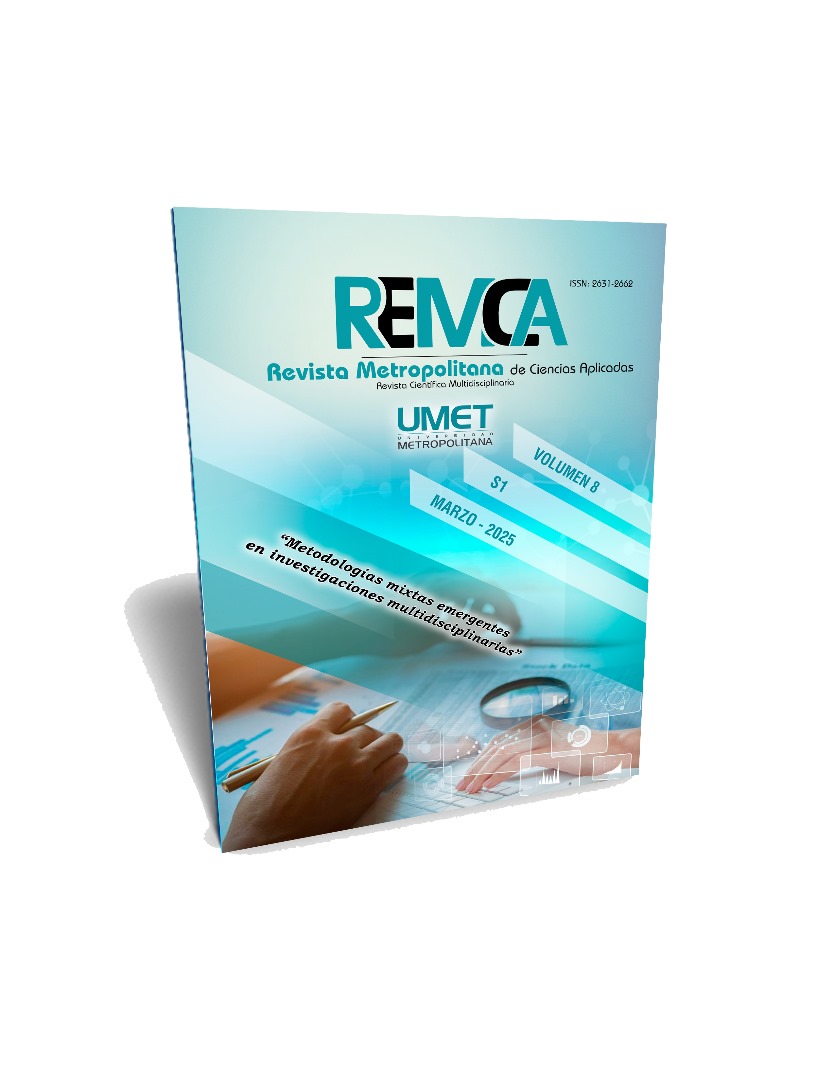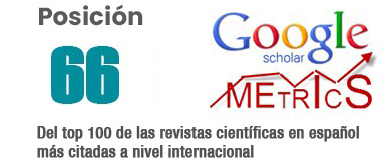Epidemiology of traffic accidents in Ecuador: a focus on technology and road safety
DOI:
https://doi.org/10.62452/vb2rr283Keywords:
Traffic accidents, injuries, fatalities, road safety, technologyAbstract
Traffic accidents represent a major public health problem worldwide, being one of the main causes of mortality and disability, especially in low- and middle-income countries. Ecuador ranks second in Latin America in terms of mortality due to traffic accidents, with a rate of 20.4 deaths per 100,000 inhabitants. According to the World Health Organization (WHO), more than 1.2 million people die annually due to traffic accidents, and up to 50 million are injured. This study aims to analyze the statistics of traffic accidents, injuries and fatalities in Ecuador from 2010 to 2019, using data provided by the National Transit Agency (ANT). The research is quantitative, descriptive and cross-sectional, with a non-experimental approach. Nonparametric statistical tests were used to assess the normality of the data and analyze trends in traffic accidents. The results indicate that non-compliance with traffic regulations by drivers is the main cause of accidents, with distracted driving, speeding, and alcohol consumption being the most recurrent factors. In addition, the role of technology in improving road safety was explored, highlighting the importance of advanced driver assistance systems (ADAS) and intelligent transportation systems (ITS) in reducing road accidents. This study provides a basis for the implementation of more effective public policies and the promotion of technologies that contribute to road safety in Ecuador.
Downloads
References
Cabrera, G., Velásquez, N., & Valladares, M. (2009). Seguridad vial, un desafío de salud pública en la Colombia del siglo XXI. Revista Facultad Nacional de Salud Pública, 27(2), 218-225. http://www.scielo.org.co/scielo.php?script=sci_arttext&pid=S0120-386X2009000200013&lng=en&tlng=es
Conover, W. J. (1999). Practical nonparametric statistics (Vol. 350). John Wiley & sons.
Cueto, A., Parellada, J., Hernández, W., & Gómez, A. (2007). Comportamiento epidemiológico de la mortalidad por accidentes de tránsito en el ISMM en el período 2004 - 2005. Revista Cubana de Medicina Intensiva y Emergencias, 6(1).
Ecuador. Agencia Nacional de Tránsito. (2022). Estadísticas de siniestros de tránsito. https://www.ecuadorencifras.gob.ec/documentos/web-inec/Estadisticas_Economicas/Estadistica%20de%20Transporte/2022/IV-Trimeste/2022_SINIESTROS_IV_trimestre.pdf
Ecuador. Asamblea Nacional. (2008). Ley Orgánica de Transporte Terrestre, Tránsito y Seguridad Vial. https://portovial.gob.ec/sitio/descargas/leyes/ley-organica-transporte-terrestre-transito-y-seguridad-vial.pdf
Foro Internacional de Transporte. (2022). Acerca del ITF. https://www.itf-oecd.org/about-itf
García-García, H. I., Vera-Giraldo, C. Y., & Zuluaga-Ramírez, L. M. (2011). Características de los accidentes de tránsito con personas lesionadas atendidas en un hospital de tercer nivel de Medellín, 1999-2008. Gerencia Y Políticas De Salud, 10(21). https://doi.org/10.11144/Javeriana.rgsp10-21.catp
Langley, J., Stephenson, S., Cryer, C., & Borman, B. (2002). Traps for the unwary in estimating person based injury incidence using hospital discharge data. Injury prevention : journal of the International Society for Child and Adolescent Injury Prevention, 8(4), 332–337. https://doi.org/10.1136/ip.8.4.332
Organización Mundial de la Salud. (2011). Plan Global para el Decenio de Acción para la Seguridad Vial 2011-2020. https://www.who.int/groups/united-nations-road-safety-collaboration/decade-of-action-for-road-safety-2011-2020
Organización Mundial de la Salud. (2013). Informe sobre la situación mundial de la seguridad vial 2013: apoyando una década de acción: resumen. https://iris.who.int/bitstream/handle/10665/83798/WHO_NMH_VIP_13.01_spa.pdf?sequence=1
Organización Mundial de la Salud. (2015). Informe sobre la situación mundial de la seguridad vial 2015. https://www.afro.who.int/sites/default/files/2017-06/summary%20spa.pdf
Organización Mundial de la Salud. (2021). Informe sobre la situación mundial de la seguridad vial 2021. https://iris.who.int/bitstream/handle/10665/379049/9789240100534-spa.pdf
Pérez, M. A. (2003). Diseño de una carretera versus el comportamiento de los conductores. Adelantamiento, velocidad y distancia de visibilidad. (Trabajo de titulación). Universidad Politécnica de Catalunya.
Razali, N. M., & Wah, Y. B. (2011). Power comparisons of shapiro-wilk, kolmogorov-smirnov, lilliefors and anderson-darling tests. Journal of Statistical Modeling and Analytics, 2(1), 21-33. https://www.nrc.gov/docs/ml1714/ml17143a100.pdf
Velázquez, A. (2009). La carga de enfermedad y lesiones en el Perú y las prioridades del plan esencial de aseguramiento universal. Revista Peruana de Medicina Experimental y Salud Publica, 26(2), 222-231. http://www.scielo.org.pe/scielo.php?script=sci_arttext&pid=S1726-46342009000200015&lng=es&tlng=es
Downloads
Published
Issue
Section
License
Copyright (c) 2025 Byron Oviedo-Bayas, Elena López-Robayo, Pamela Guevara-Torres, Dinora Alexandra Carpio-Vera (Autor/a)

This work is licensed under a Creative Commons Attribution-NonCommercial-ShareAlike 4.0 International License.
Authors who publish in Revista Metropolitana de Ciencias Aplicadas (REMCA), agree to the following terms:
1. Copyright
Authors retain unrestricted copyright to their work. Authors grant the journal the right of first publication. To this end, they assign the journal non-exclusive exploitation rights (reproduction, distribution, public communication, and transformation). Authors may enter into additional agreements for the non-exclusive distribution of the version of the work published in the journal, provided that acknowledgment of its initial publication in this journal is given.
© The authors.
2. License
The articles are published in the journal under the Creative Commons Attribution-NonCommercial-ShareAlike 4.0 International License (CC BY-NC-SA 4.0). The terms can be found at: https://creativecommons.org/licenses/by-nc-sa/4.0/deed.en
This license allows:
- Sharing: Copying and redistributing the material in any medium or format.
- Adapting: Remixing, transforming, and building upon the material.
Under the following terms:
- Attribution: You must give appropriate credit, provide a link to the license, and indicate if any changes were made. You may do this in any reasonable manner, but not in any way that suggests the licensor endorses or sponsors your use.
- NonCommercial: You may not use the material for commercial purposes.
- ShareAlike: If you remix, transform, or build upon the material, you must distribute your creation under the same license as the original work.
There are no additional restrictions. You may not apply legal terms or technological measures that legally restrict others from doing anything the license permits.




